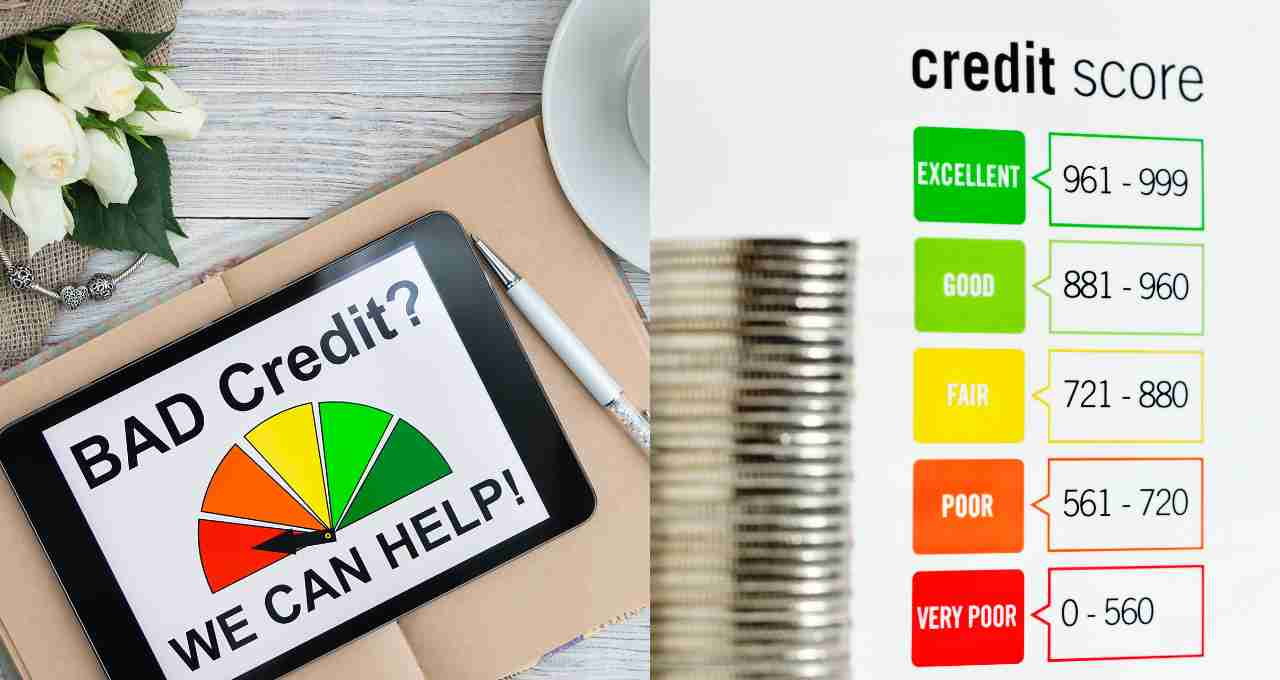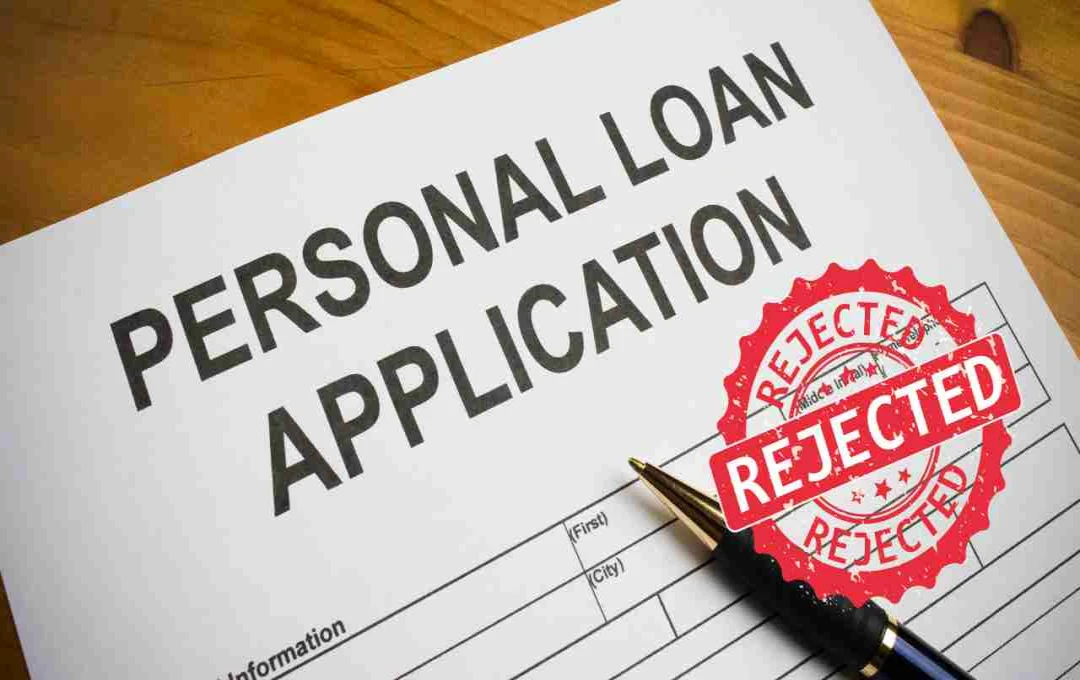Even with a good salary, there can be several reasons for a personal loan rejection. Poor credit score, job instability, existing high debt, requesting a loan amount exceeding your eligibility, not meeting minimum income requirements, incomplete or incorrect documentation, and applying to multiple lenders simultaneously are the primary causes. Paying attention to these factors can increase the chances of loan approval.
Loan Rejection: Many high-salary candidates applying for personal loans find their applications rejected. The reasons are not solely low income but also several technical and practical issues. These include: a poor credit score, job instability, existing high EMIs, not meeting the minimum income criteria set by the bank, incomplete or incorrect documents, and applying to multiple institutions at once. Avoiding these mistakes can significantly boost the chances of loan approval.
Poor Credit Score

Your credit score is a report card of your financial health. If your CIBIL score is below 700, banks might consider you a risky customer. The main reasons for this are not paying EMIs or credit card bills on time, defaulting on past loans, or using the full credit card limit. Such habits can directly lead to loan rejection.
Job Instability
Banks want assurance that your income will remain stable. If you frequently change jobs, it raises questions about the reliability of your income. Most financial institutions prioritize applicants who have been with their current company for at least a year. Working in the same field for a long period enhances your credibility in the bank's view.
Existing High Debt
The debt-to-income ratio, which is the proportion of your monthly income that goes towards EMIs, plays a crucial role in loan approval. If 40-50 percent of your income is already allocated to EMIs or bills, the chances of getting a new loan diminish. Even with a good salary, banks may deem a new loan risky due to excessive EMI burden.
Incomplete or Incorrect Documents

Lack of documentation or incorrect information is also a major reason for loan rejection. Any discrepancies in documents like salary slips, PAN card, Aadhaar card, address proof, and job verification can lead to direct application rejection.
Loan Amount Exceeding Eligibility
Requesting a loan amount higher than your earning capacity can also result in rejection. For example, if your salary is ₹50,000 and you are already paying an EMI of ₹10,000, a bank is unlikely to approve a new loan with an EMI of ₹20,000. Banks assess your repayment capacity and approve loans based on this evaluation.
Not Meeting Minimum Income Requirements
Every bank or finance company has its own minimum income criteria. If you do not meet these requirements, your loan may be rejected. Applicants with an income below ₹25,000 in metropolitan cities and ₹15,000 in smaller towns are typically not considered eligible for loans, even if they have a good credit score.
Applying to Multiple Lenders Simultaneously
Applying for a loan at multiple banks or institutions at the same time also raises a 'red flag' for banks. It suggests that the applicant might be in a hurry or financially vulnerable. Each application results in a hard inquiry on your CIBIL report, which can lower your score by 5-10 points and also become a reason for rejection.













